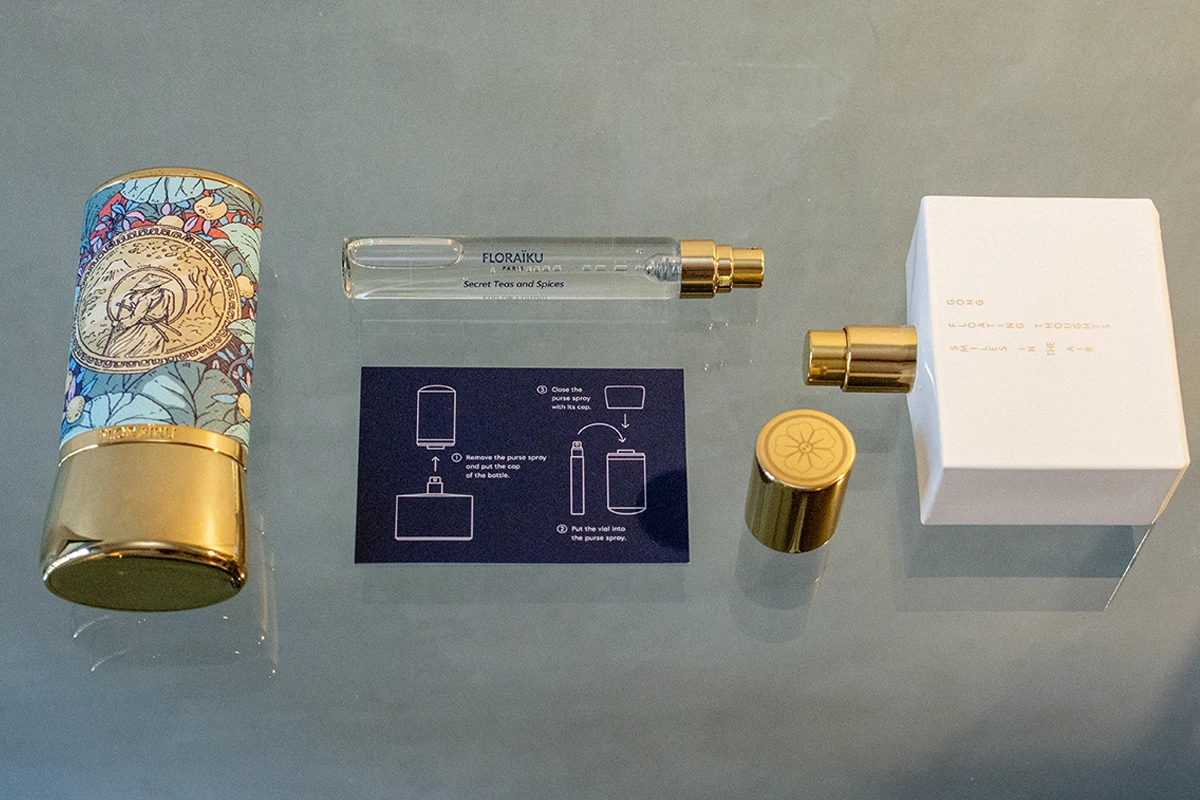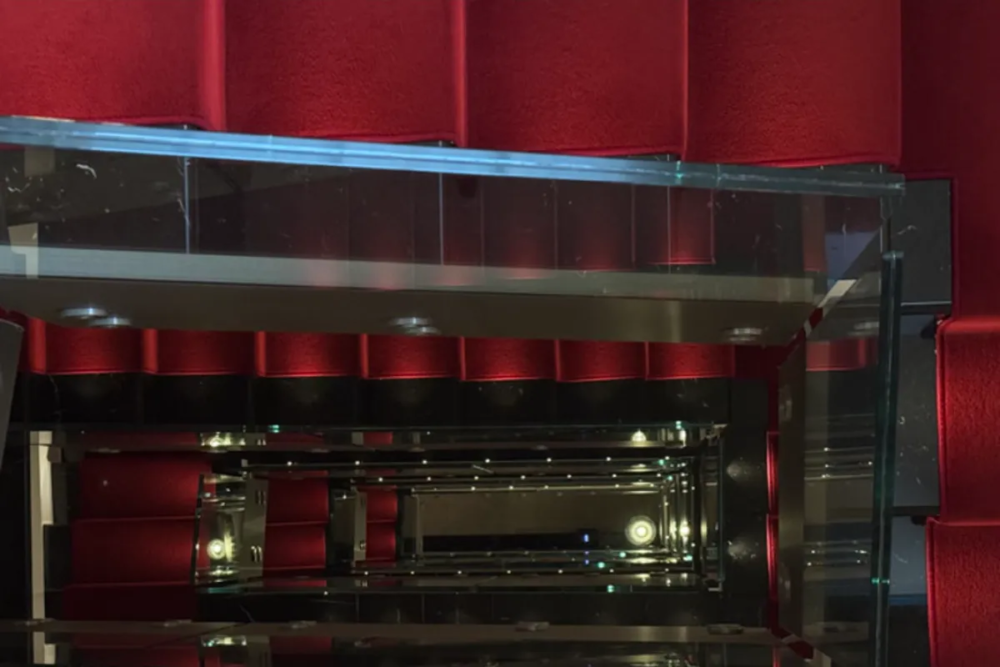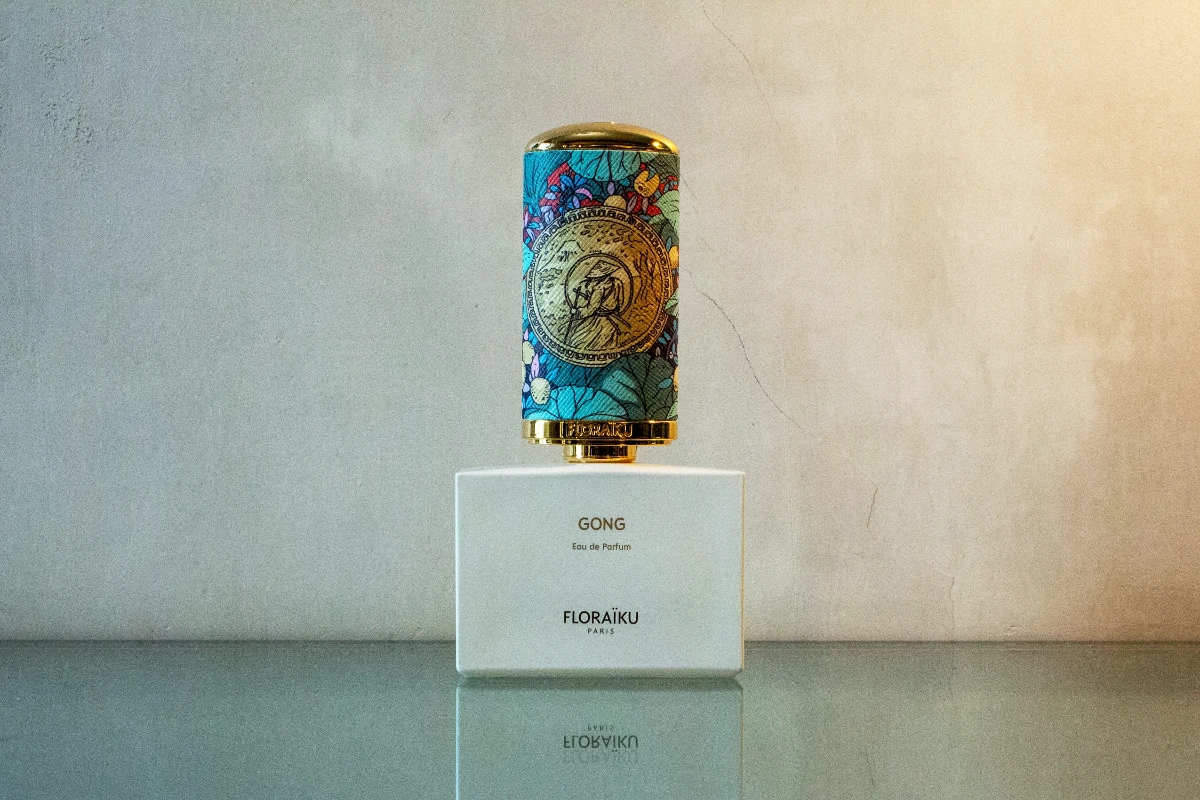
When the Gong Rings: Floraïku Turns Afternoon Tea into Perfume
Floraïku’s latest eau de parfum traces the arc of a gong strike, echoing the mindful swell and release of afternoon tea rituals—each moment sweetened by the allure of traditional dorayaki
From Temple Bell to Citrus Burst: How Floraïku’s Gong Perfume Echoes Japanese Afternoon Tea Rituals
In Japanese temples a single strike of the large bronze bell stills the air, ushering monks and visitors alike into a moment of quiet lucidity. The Paris-based niche house Floraïku borrows that hush for its newest eau de parfum, Gong, released as part of the Ô Cha (“tea”) collection. Composed around yuzu, Italian mandarin and a pink-pepper sparkle before settling into a softly spiced dorayaki accord wrapped in Siam benzoin, the fragrance is billed as a homage to afternoon tea and the imagination that takes flight.
At first sniff “Gong” is resolutely luminous: the citrus trio cuts through the air like the metallic overtone of the ritual instrument that gives the scent its name. As minutes pass, the perfume warms into an airy gourmand—never cloying, yet undeniably mouth-watering—thanks to the brand’s playful reconstruction of dorayaki, the beloved Japanese red-bean “pancake” that itself was historically baked on the surface of a gong.
Reimagining Oyatsu: Turning Japan’s Mid-Afternoon Tea Break into an Olfactory Ceremony with Floraïku Gong
Unlike the formal chadō tea ceremony, which can last hours and unfolds according to centuries-old rules, Japan also cherishes the casual mid-afternoon break known as oyatsu. At roughly 3 p.m. schools let pupils out, offices pause, and sweet or savory snacks appear beside cups of sencha, hojicha or genmaicha. Oyatsu is ritual stripped to its essentials: a pocket of time to recalibrate one’s palate and spirit alike.
Floraïku has always treated perfume as a sensory kōan, and “Gong” translates that oyatsu interval into olfactory form. The initial citrus-pepper flash represents the steam that curls from a freshly poured cup; the dorayaki heart conjures the warm, cake-like aroma rising from the saucer; benzoin’s resinous sweetness lingers like the final sip that coats the throat.
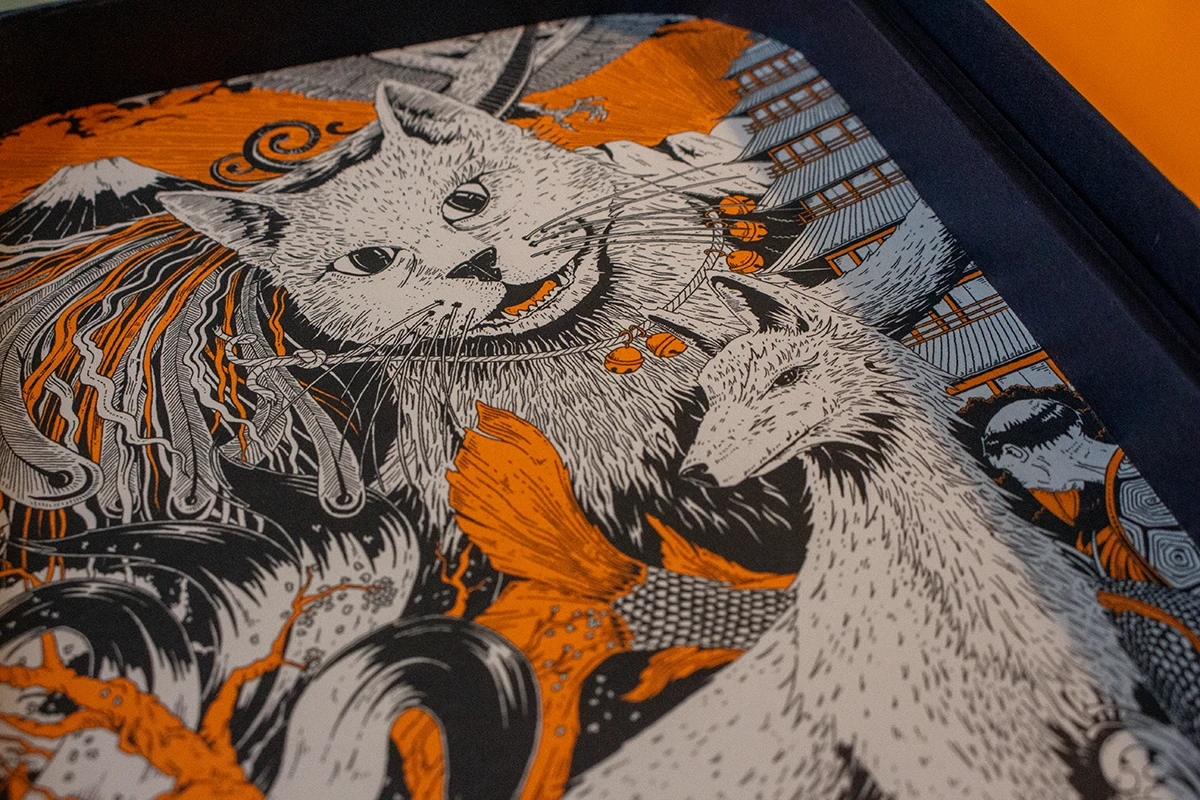
Dorayaki—Japan’s Gong-Shaped Red-Bean Pancake—Takes Center Stage in Floraïku’s New Gourmand Fragrance
To understand why a fragrance house would immortalise dorayaki, one must appreciate its symbolism. “Dora” means “gong,” a linguistic echo of the bronze disc once used to cook the earliest batter in Kyoto. According to folklore, the warrior-monk Benkei left his gong behind at a farmer’s cottage; the farmer, lacking a griddle, repurposed it to fry pancakes. Fact or myth, the story binds dorayaki to notions of hospitality, ingenuity and everyday sanctity.
Modern dorayaki as a two-pancake sandwich dates to 1914, when Tokyo confectioner Usagiya perfected the jaunty, hand-held shape still sold today. Wagashi artisans tweak the filling—adding chestnut, matcha cream or even custard—but the canonical centre remains anko, the slow-cooked azuki-bean paste whose earthy sweetness balances the bitter edge of green tea. Food historians note that dorayaki pairs effortlessly with roasted hojicha, the very leaf that inspired the original Ô Cha floral-spice perfumes created by Floraïku.
Pop culture keeps the cake current: the robotic cat Doraemon obsesses over it; Naomi Kawase’s 2015 film Sweet Bean elevated it to silver-screen stardom. Yet beyond nostalgia, dorayaki retains ritual weight. Presentation matters—softly domed, surface unblemished—mirroring the tea ceremony’s insistence on mindful aesthetics.
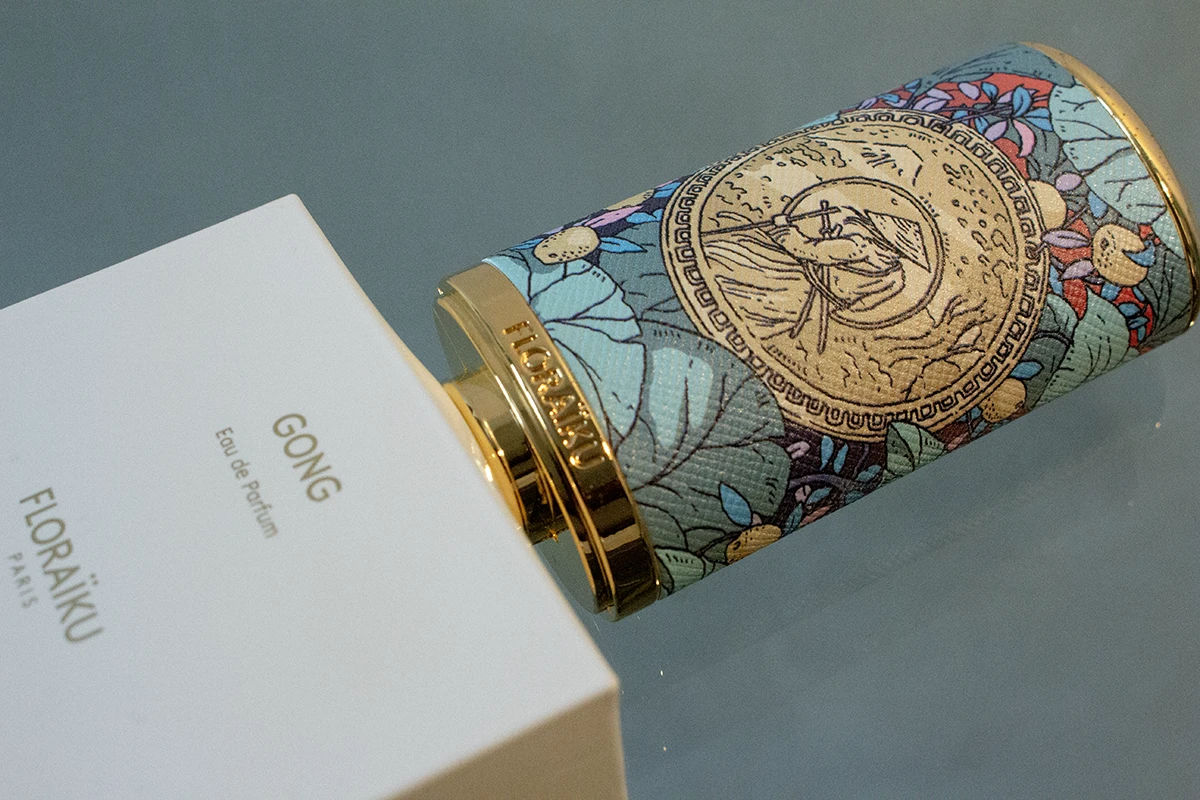
The Healing Resonance of the Gong: Sound-Bath Philosophy Woven into Floraïku’s Citrus-Amber Composition
Sound therapists describe a gong strike as “the audible Om”—a vibration thought to cleanse negative energy, erode ego and return listeners to wholeness. Buddhist temples position the bonshō or standing bell near the altar; its resonance marks the start and close of dharma services, syncing breath and chant.
Floraïku mirrors that arc olfactively: citrus burst (invitation), sweet-spiced mid-section (meditation) and balsamic fade-out (release).
Collectible Bento-Box Presentation: Sustainable Japanese-Inspired Packaging Elevates the Gong Fragrance Experience
True to the brand’s tradition, the perfume arrives in a lacquered “bento box” containing a 50 ml travel spray. Floraïku’s packaging is a collectible piece of ephemera—a portable still life of Japanese poetry, Parisian lacquer craftsmanship, and a nod to lunchtime elegance.
Campomarzio70 Distribution
In Italy, Floraïku is exclusively distributed by Campomarzio70 Distribution.
